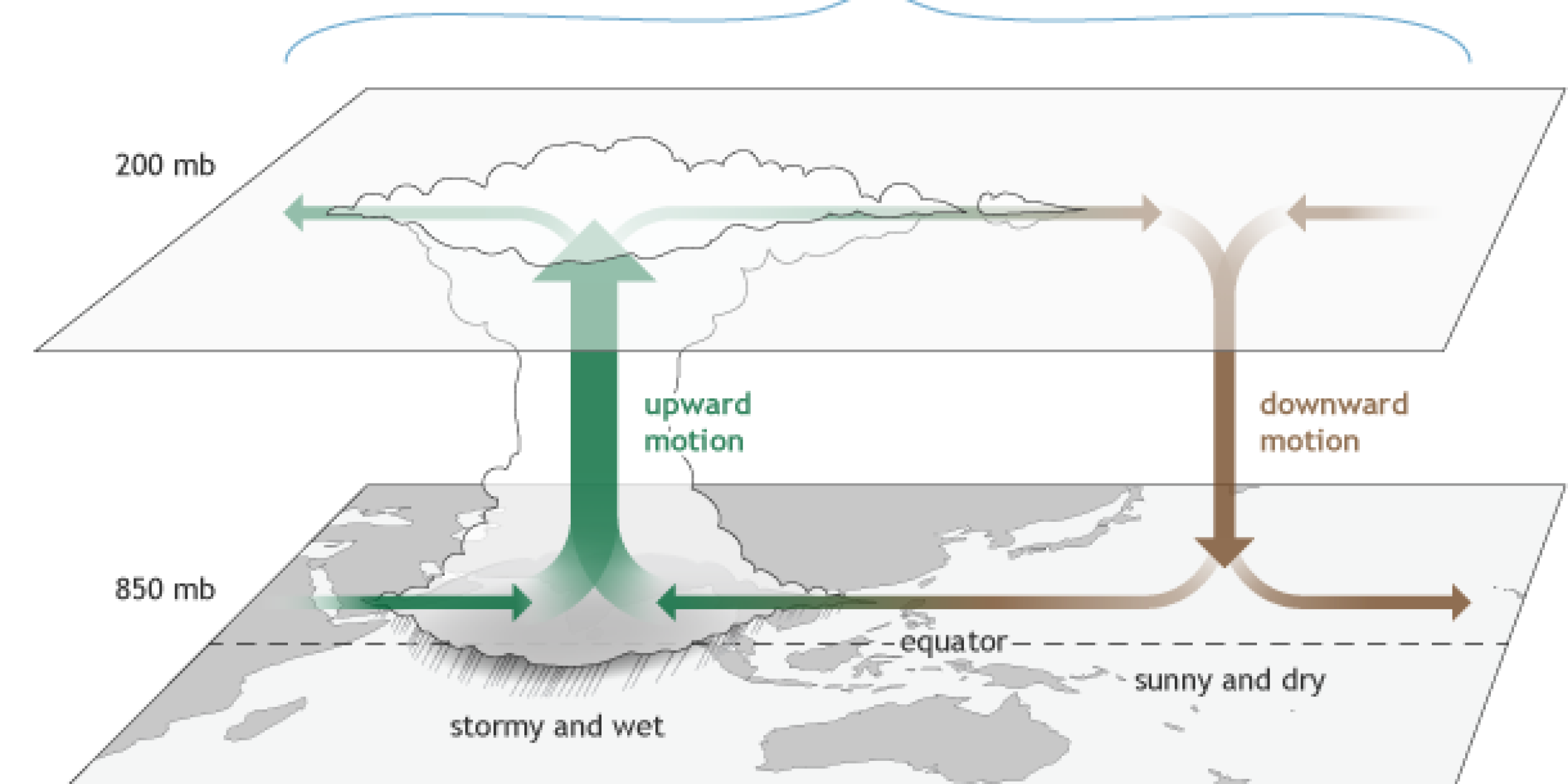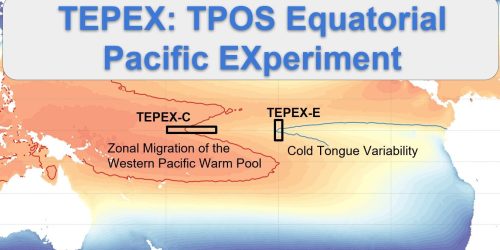Research funded by CPO’s Climate Variability and Predictability Program was published in the June 2016 edition of Atmospheric Science Letters. The paper summarizes a study that examined linear inverse models and the predictability of the Madden-Julian Oscillation, or MJO.


Researchers for this study set out to demonstrate the processes of linear statistical models in hindcasting MJO, estimating how wind data in statistical predictions could shed light into MJO dynamics. They concluded that while their findings on linear inverse models and wind data does not necessarily shed light on fundamental MJO dynamics, wind data could reduce misinterpretations in predictability systems.
Abstract:
Linear inverse models (LIMs) are used to explore predictability and information content of the Madden–Julian Oscillation (MJO). Hindcast skill for outgoing longwave radiation (OLR) related to the MJO on intraseasonal timescales in the tropics has been examined for a variety of LIMs using OLR and optionally 200 and 850 hPa zonal wind information channels. The dependence of OLR hindcast skill on wind channels was evaluated by randomizing in time, averaging in space, or omitting data entirely. Results show positive prediction skill (relative to climatology) up to 3weeks and wind information, mostly at the largest scales, adds 1–2 days of skill.
Access full paper: http://onlinelibrary.wiley.com/doi/10.1002/asl.666/abstract
The value of wind data for linear Madden-Julian oscillation prediction











